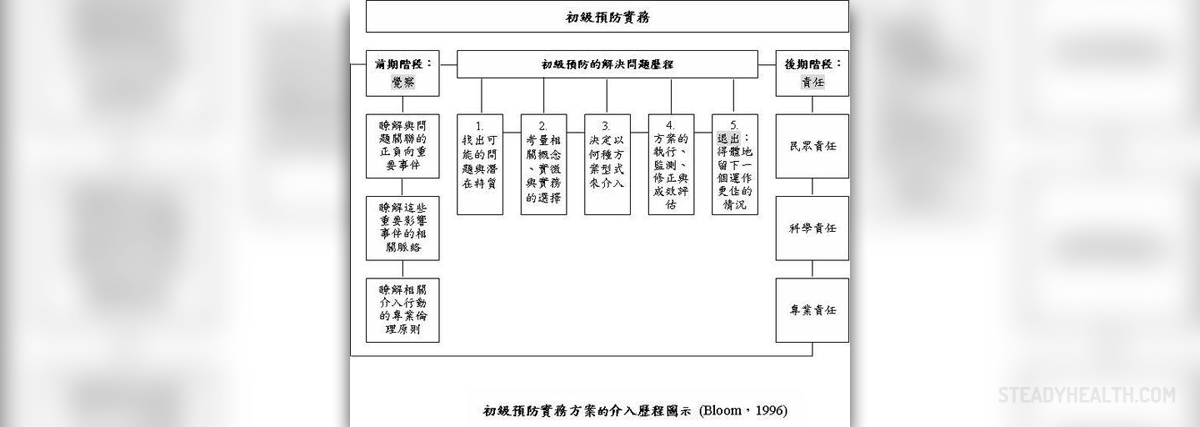
HIV is commonly passed down from mother to child, so the reduction of this occurrence should decrease the numbers of children who contract HIV. Several protocols for avoidance of vertical transmission of the disease are proposed. Clearly, sometimes certain treatments will not be available so there are basic guidelines that should be implemented in most cases.Avoidance
The most obvious way to avoid HIV being passed from mother to child is for the HIV positive mother to avoid becoming pregnant. If this is not possible, it might be feasible for the mother to either terminate the pregnancy, avoid vaginal delivery or to avoid breast feeding the child. Antiretroviral drugs might be available to stop intrauterine transmission occurring.Restricted Resources
In case of restricted resource availability, it is advisable to administer 200 mg to the mother during labour, and a 2 mg per kg dose to the baby within 72 hours of birth. Vaginal delivery and breast feeding can then be continued. This should reduce the risk of transmission to about 14%. HIV ELISA tests should be performed at birth and after 18 months.
Limited Resources
In case of limited resources, 300 mg BD should be given to the mother from thirty-two weeks of gestation. Additionally, administer 200 mg to the mother during labour, as well as giving her 300 mg BD of AZT and 150 mg BD of Lamivudine for a period of one week post-natal. 2 mg per kg of AZT should also be given to the baby for four weeks after birth. A 2 mg per kg dose should be given to the baby within 72 hours of birth. In this case, breast feeding should be avoided. The transmission rate should thus be reduced to less than 5%. HIV ELISA tests should be performed at birth and after 18 months.
Resourceful Setting
If resources are plentiful, the plan for prevention of transmission should be as follows. Firstly, the mothers viral load and CD4 cell count should be monitored. If the mothers viral load is more than 1000 copies/ml and the CD4 count registers below 350 cells/cumm, then triple drug ART should be adminstered. The ideal schedule should be two NTR1 + one P1. Vaginal delivery should be avoided in mothers with these registered levels of CD4 and viral load.
If the CD4 count is above 350 cells/cumm, then 300 mg bd of AZT should be admistered from 32 weeks gestation. In this case, vaginal delivery is possible.
In addition to this, it is advisable to administer 200 mg to the mother during labour. This should be followed by a 300 mg bd dose of AZT and a 150 mg BD dose of Lamivudine, both of which should be administered for one week after birth. Breast feeding should be avoided. With these available resources, risk of transmission should fall below 2%. HIV DNA PCR tests should be carried out 6 weeks after birth.
Children with HIV should also receive all vaccines, such as BCG, OPV and the Measles vaccine. Measles and MMR vaccines should not be given to those whose CD4 level is higher than 25%.



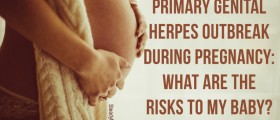
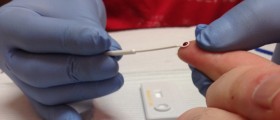
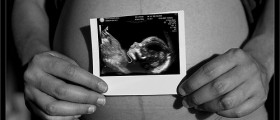

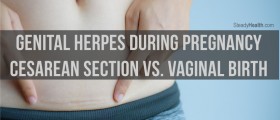


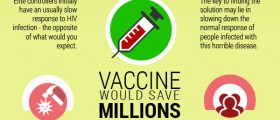




-In-Infants-And-Older-Children_f_280x120.jpg)

Your thoughts on this
Loading...